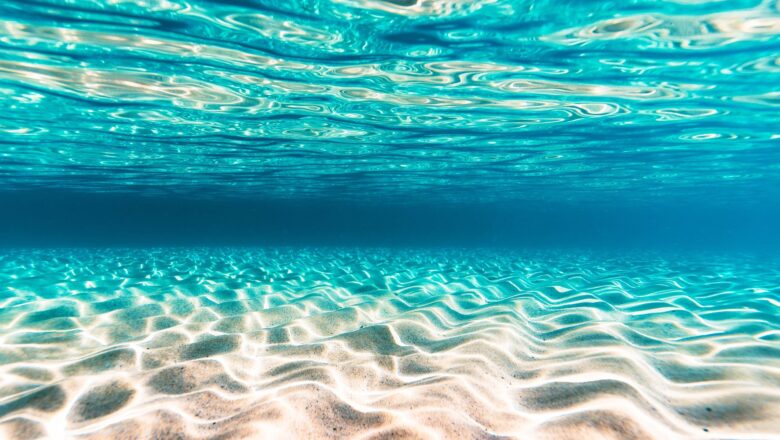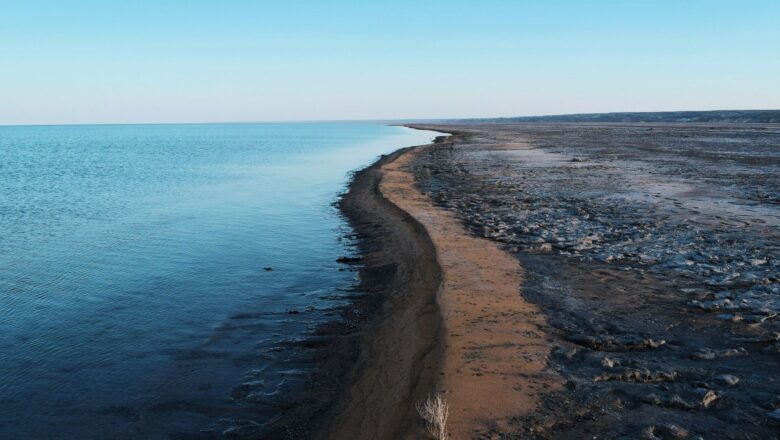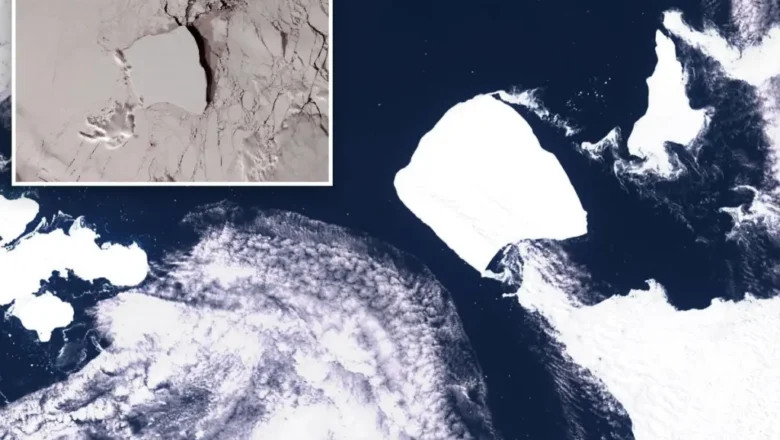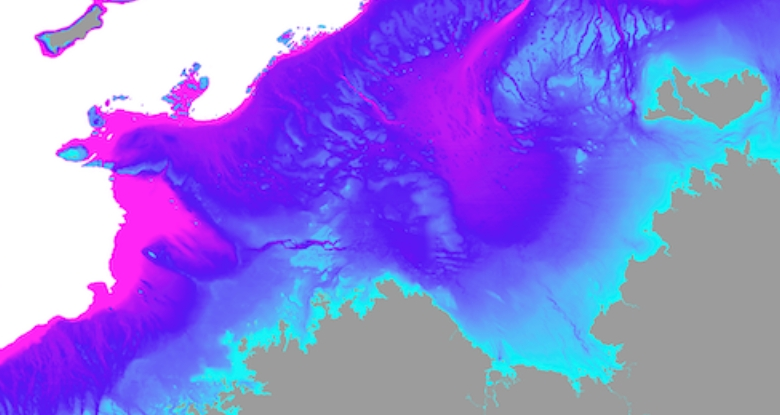
World coastal Cities Sinking NASA Warns of Accelerated Sea Level Rise
A new NASA-led study has revealed that many of the world’s coastal cities are sinking, making them more vulnerable to rising sea levels than previously thought. Researchers found that in some regions, land is subsiding so rapidly that flood risks could double by 2050, far exceeding earlier projections.
Published in Science Advances, the study used satellite data from ESA's Sentinel-1 mission to track vertical land motion along California’s coast from 2015 to 2023. The findings show that in areas like San Francisco Bay, land is sinking by over 10 millimeters per year, potentially leading to more than 45 centimeters of local sea level rise by mid-century.
While melting ice caps and climate change have long been blamed for rising seas, the study highlights that human activities such as ...




